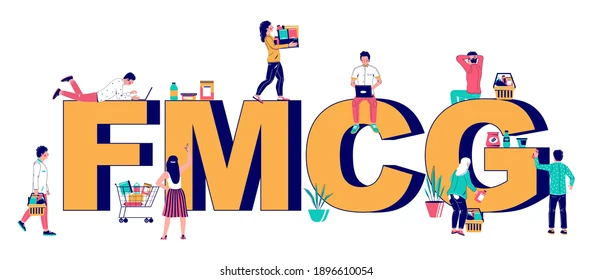Tata, RIL, and Adani all bought lately. They’ve bought FMCG brands to compete with HUL, Nestle, and P&G.
Tata Consumer Products Ltd (TPCL) bought NourishCo Beverages and Soulful in 2020. It bought BigBasket and 1mg last year. Tata Neu’s growing clientele will boost TCPL’s FMCG revenues. This group commands Tata CLiQ.
Reliance Retail aims to buy grocery and non-food companies for $6-7 billion. It’s bought Hamleys, Milkbasket, Zivame, Portico, Netmeds, Urban Ladder, Dunzo, Shri Kannan, Jaisuryas, and Kala Niketan. The business will release SuperApp to reach a wider audience. Leading Indian corporations are boosting acquisitions while top VCs limit expenditure.
New enterprises benefit. “Every transaction generates hundreds of new D2C firms,” says Premjeet Sodhi, chief strategy officer of Wavemaker India.
Sodhi says this pattern reflects changing consumer behaviour. He attributed e-commerce’s rise to cell phones, low-cost data, online wallets and payment systems, quickly expanding fulfilment and delivery services, and a rising culture of convenience, safety, and digital natives within the “buying generation.”
“When the retail tsunami hit the west, bar-codes supplied advertisers and merchants’ sales and consumer data,” says Sodhi. E-commerce 10xs data. Brands, platforms, and customers all have varying impacts. D2C platforms may help marketers manage trade channels.
Legacy enterprises want e-commerce growth and customer data. IAMAI-Kantar ICUBE 2020 projects 900 million Indian Internet users by 2025. Static says 75% of Americans utilise eCommerce.
Ashit Chakravarty, EVP of Denton, believes D2C brands are more vital to FMCG firms than vice versa. For Chakravarty, D2C enterprises are disruptive and provide advantages including access to specialised areas, near-real-time product feedback, and a “highly engaged user base.” Domestic FMCG firms with new multichannel brands will compete with multinationals.
The FMCG market in India is expected to expand from $110 billion in 2020 to $220 billion by 2025. India’s digital consumer economy might be worth $800 billion by 2030, up tenfold from 2020. Covid-19 and expanding internet connectivity in urban and rural regions fuel FMCG e-commerce demand. Indian enterprises see the market as a potential to expand and maybe surpass global FMCG titans.
Adani Wilmar Ltd. outsold HUL the previous year (54,214 billion rupees vs 51,468 billion). Krishna Iyer, marketing director at MullenLowe Lintas, thinks purchasing a well-functioning organisation is better than building a new category product.
It may hinder legacy enterprises’ growth. This approach forces a single winner, although teamwork stimulates invention. Businesses that operate well together may obtain a large market share, particularly during periods of high consumer and market activity. As finance grows scarcer, many start-ups may have trouble getting financing for their next stage of expansion, says Mathias. Being bought out might assist them by giving additional funds and enabling them to share expenses. Mathias says every quickly developing market will consolidate and favour larger, stronger players.
“D2C brands may grow swiftly,” says Chakravarty. Tata Consumer Products increased Soulfull’s retail presence from 15,000 to 300,000. More FMCG firms will seek such possibilities, helping digital-first multichannel brands.
Follow and connect with us on Facebook, LinkedIn & Twitter

